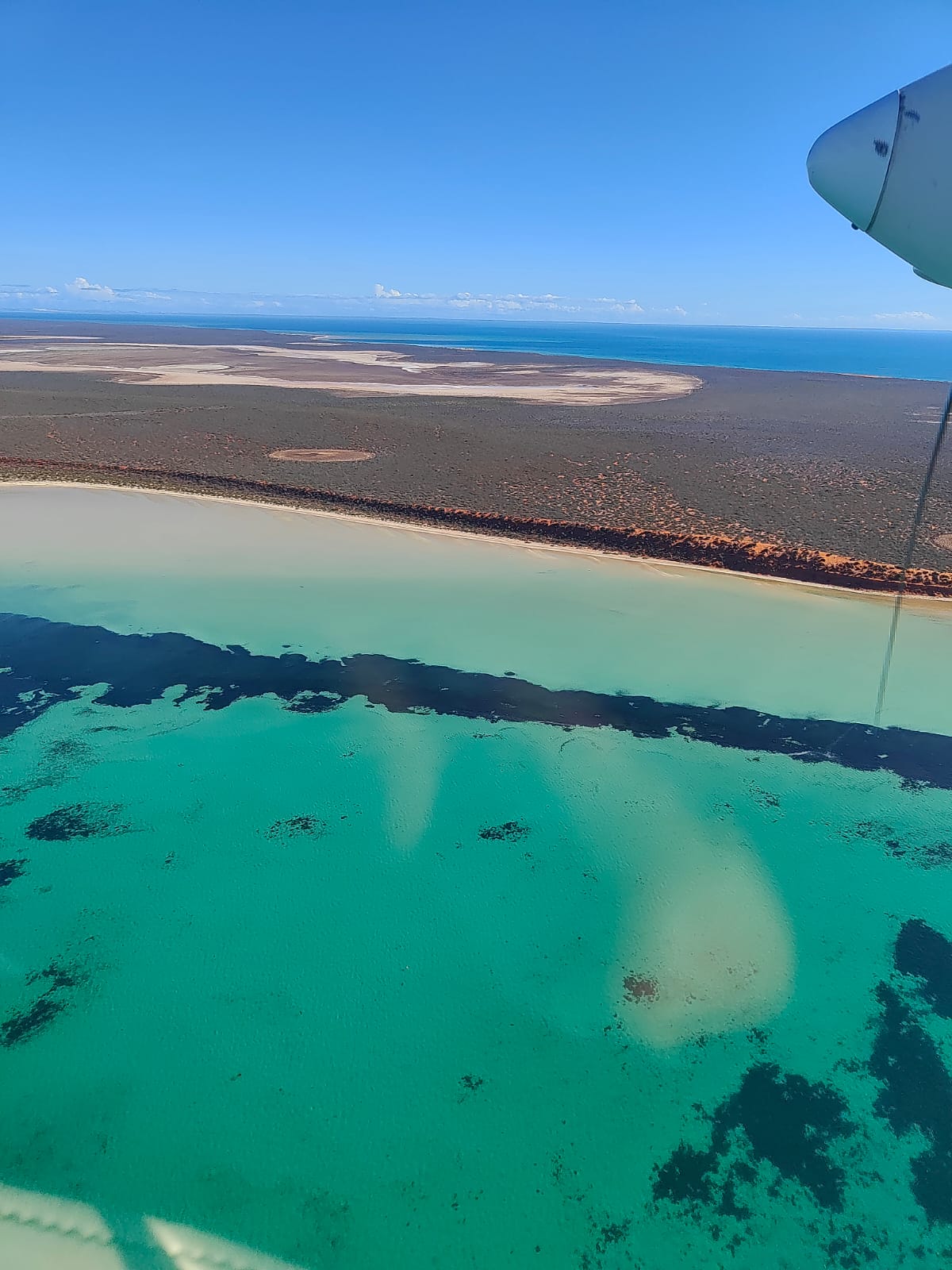Department of Biodiversity, Conservation and Attractions (WA)
Type of resources
Topics
Keywords
Contact for the resource
Provided by
Years
status
-

This record provides an overview of the NESP Marine and Coastal Hub small-scale study - Project 3.10 – A partnership approach to filling key knowledge gaps on dugongs in northern Australia using novel technologies . For specific data outputs from this project, please see child records associated with this metadata. In Australia, the dugong is protected under the EPBC Act 1999 as a listed migratory, and listed marine species, it is also a Matter of National Environmental Significance. The dugong is culturally significant to the coastal Aboriginal and Torres Strait Islander peoples of northern Australia and has a high biodiversity value. This project includes five activities that will contribute to addressing key knowledge gaps about the spatial and temporal patterns in the distribution, abundance, connectivity and health of dugong populations. The project is designed to inform management in several regions of high value habitat across northern Australia. Transversal to the activities described below is a strong partnership approach with Traditional Owners and members of the wider community. The project will be co-designed, co-produced and will co-deliver research and monitoring outputs. The studies will utilise and advance emerging technologies (e.g., aerial images collected from planes and drones, Artificial Intelligence, population genomics) with the ultimate goal of enhancing data quality, reducing research and monitoring costs, and increasing accessibility of monitoring tools to non-experts. Activity 1: Assessing trends in the distribution and abundance of dugongs during the transition to imagery surveys along the eastern coast of Queensland Activity 2: Assessing the trends in the distribution and abundance of dugongs during the transition to imagery survey in the Shark Bay and Ningaloo/Exmouth Gulf area Activity 3: Using population genomics approaches to identify populations and their level of connectivity across northern Australia Activity 4; Assessing the body size and body condition of dugongs using drone-based photogrammetry Activity 5: Developing community-led dugong monitoring with traditional owners in the Kimberley region. Planned Outputs • Dugong sighting location and count data from observer aerial survey data [spatial dataset] • Imagery from aerial surveys and photogrammetry • Genomic sequencing data and tissue samples • Statistical code or script files • Final technical report with analysed data and a short summary of recommendations for policy makers of key findings [written] • Peer-reviewed open access publication
-
This record provides an overview of the NESP Marine and Coastal Hub study - Developing Traditional Owner community-led dugong monitoring in the Kimberley region. For specific data outputs from this project, please see child records associated with this metadata. Dugong are a keystone species with considerable ecological and cultural value across northern Australia. In the Kimberley region of Western Australia, dugongs have been identified as one of the top priorities to monitor in an effort to ensure the population is maintained and traditionally harvested in a sustainable manner. This project aims to have Traditional Owners and ranger groups across the Kimberley use cost-effective and culturally appropriate approaches to (1) fill knowledge gaps on the dugong’s population structure and connectivity at a range of spatial and temporal scales and (2) monitor the animals’ presence, density and habitat use in areas that are ecologically and culturally important to the local community and state and federal managers. This program directly addresses the national priorities of conserving, protecting and sustainably managing biodiversity through research and information management. Planned Outputs • dugong distribution and abundance [spatial dataset] • aerial survey outputs [imagery & photogammetry] • genomic sequencing data • code and scripts • Final technical report with analysed data and a short summary of recommendations for policy makers of key findings [written]
 eAtlas Data Catalogue
eAtlas Data Catalogue